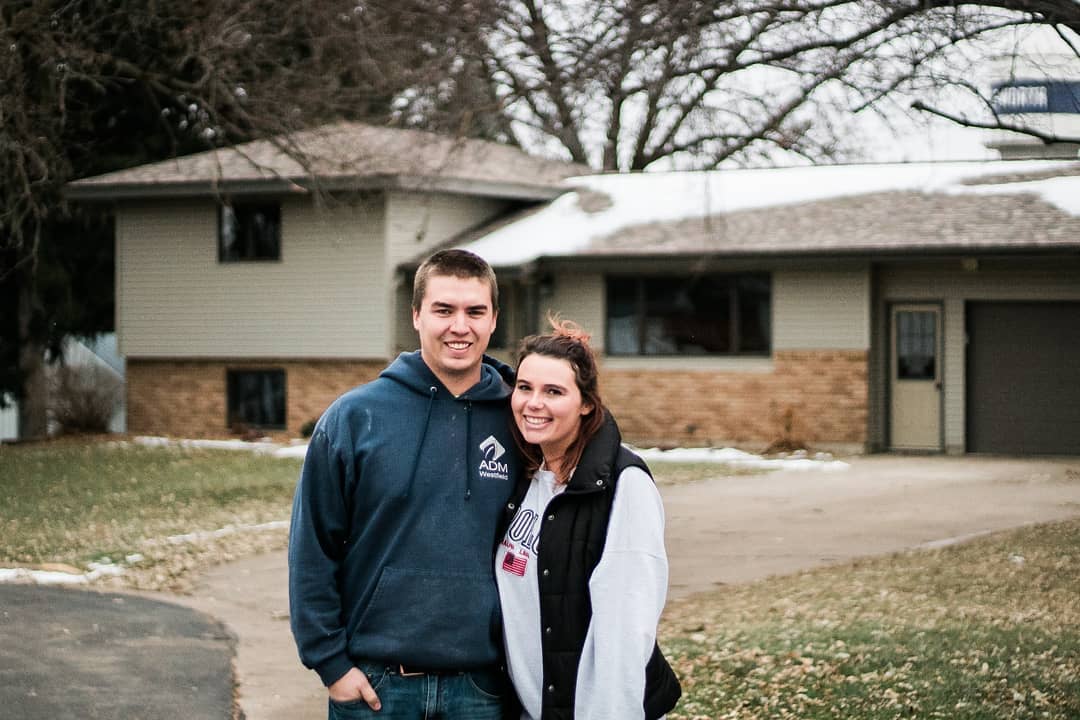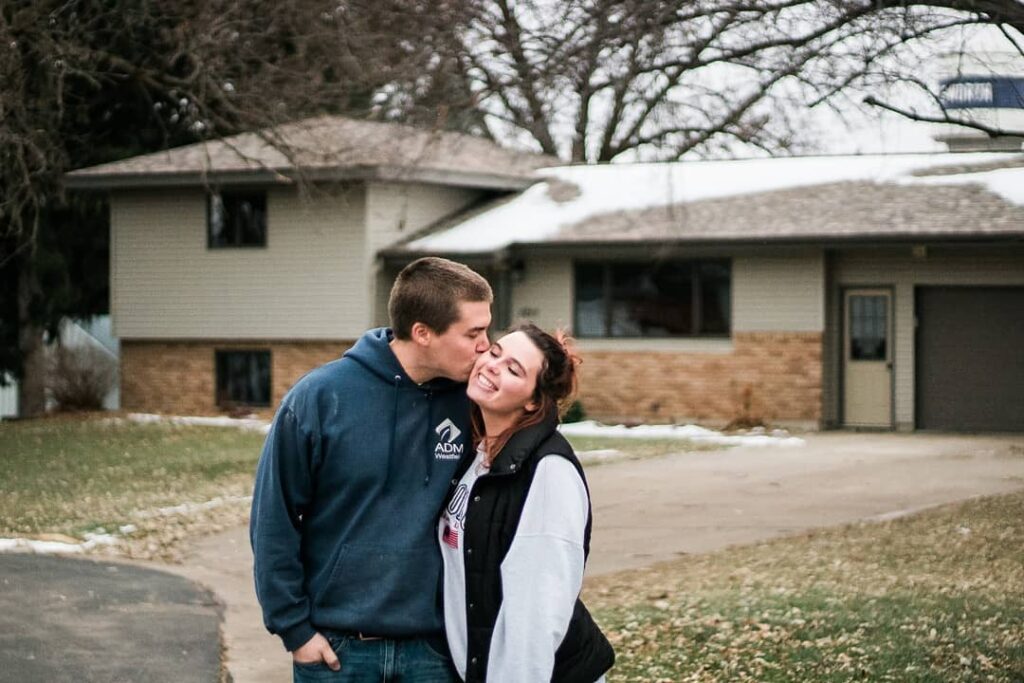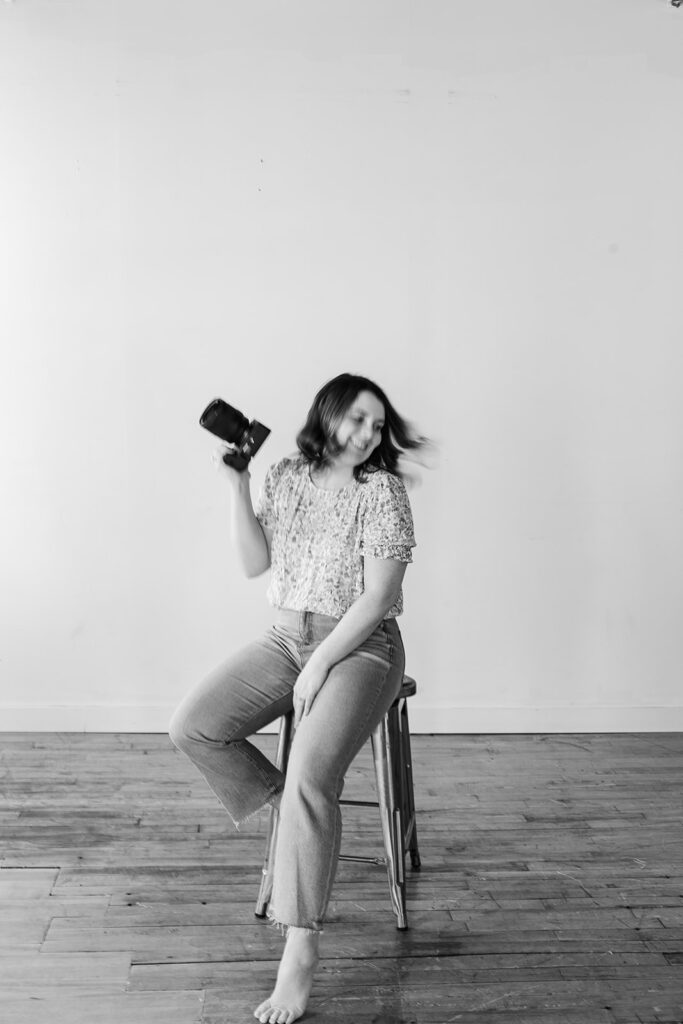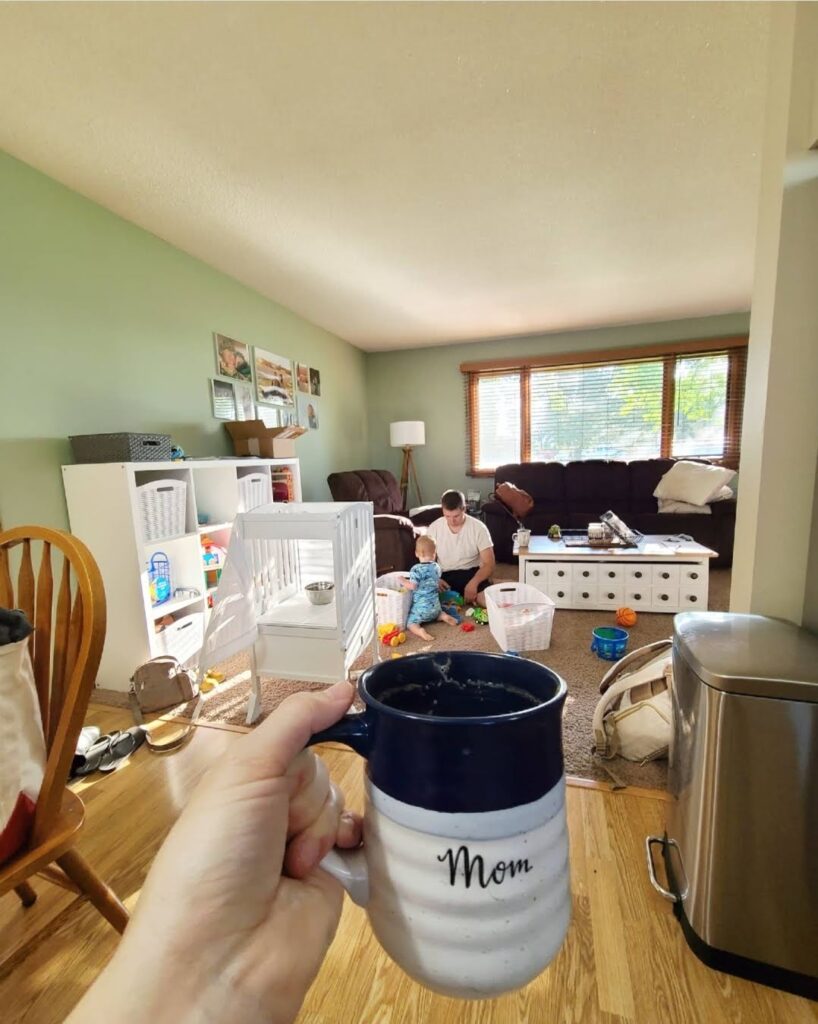
We Ditched Debt in 5 Years — And Found the Life We Actually Wanted
In 2018, we bought our first home for just under $200K. I never expected us to pay off our mortgage early—but by 2025, it was done. Here’s how we achieved full ownership in just five years.
I still remember signing the mortgage papers for our first home in 2018. It felt like such a huge milestone being equal parts exciting and overwhelming. At the time, I don’t think either of us set out with the intention to pay off our home in just five years. But somewhere between watching the balance drop and dreaming of a life with more freedom, we started wondering…what if we tried??Looking back now in 2025, I can confidently say: it was one of the best decisions we’ve ever made.
Before I dive into what we did, let me be clear, this wasn’t an overnight success story. We didn’t win the lottery or get a big inheritance. It was a long road of discipline, sacrifice, and some strategic decisions that added up over time. So if you’re sitting there wondering if it’s possible to do the same, my answer is: absolutely yes.
The Start of Our Story
In 2018, we purchased our first home for just under $200,000. We were in our mid-20s, and both of us had spent most of our young adult lives working multiple jobs. Between high school and college, we were practically working full time while taking classes. I was fortunate to receive military education benefits passed down from my dad, which covered a portion of my college costs, and I supplemented the rest by saving, working, and taking on an assistantship during grad school.
By the time I graduated, I had a master’s degree, no student loans, and a strong work ethic. My husband, Luke, had graduated and been working in agricultural operations for two years, saving diligently. Our foundation allowed us to put 15% down on our house and start our mortgage with a sense of control and confidence.
I do want to acknowledge that this head start wasn’t something we took for granted. We knew it gave us breathing room that not everyone had. All the more reason why I will always be a firm believer in building generational wealth.
Our First Financial Motivator: Ditching PMI
Our initial mortgage came with Private Mortgage Insurance (PMI) because we didn’t hit the 20% down mark. If you’re not familiar, PMI is an extra cost lenders charge when you put down less than 20%, it’s basically a fee to protect the bank, not you. We were determined to get rid of it as quickly as possible, which meant paying extra toward our mortgage principal from the very beginning.
Seeing that balance drop, and watching our equity grow, felt empowering. Once we hit 20%, we got rid of PMI, which instantly freed up money every month. It was the first time we saw the power of momentum in action.
The Refinance That Changed Everything
Our original interest rate was over 5%, but just six months later, the market shifted and rates dropped. It wasn’t the traditional path to refinancing, but it made sense. We jumped on the opportunity and actually ended up refinancing to a 15-year mortgage, locking in a significantly lower rate.
At first, the idea of a 15-year loan felt scary. I constantly wondered if it was it too aggressive and if we would be able to keep up. But when we compared the monthly payments to what we were already paying on our 30-year mortgage, it wasn’t actually a major differnece. So we went for it, and I’m so glad we did. It accelerated everything.
Why We Wanted to Be Debt-Free
There wasn’t some dramatic turning point that made us decide we wanted to be debt-free. No emergency or scary wake up call. Just a quiet, growing desire to live life on our terms. Not just in our finances, but in our minds. In our calendar. In our decisions. We didn’t want monthly payments dictating what was possible. We wanted options. The freedom to take risks, change paths, or say yes to things that mattered, without having to ask our budget for permission.
I’ve always had a deep pull toward avoiding debt when we could. It’s not that we were afraid of it, but we didn’t like the feeling of being tied down by it. That monthly payment, no matter how manageable, felt like a chain. Financial flexibility has always mattered to us. We wanted to live below our means, invest in our future, and make intentional choices that aligned with the life we actually wanted, not just the one we could afford at the moment.
For us, the first step toward that kind of freedom was getting serious about paying off our biggest debt.
Turning a Side Hustle Into a Game Changer
At the time, I was working in college career services—a field I genuinely loved. Helping students navigate their futures felt deeply meaningful, and I took pride in showing up for them during such a pivotal season of life. But truthfully, it was also painful at times. Coaching students into entry-level corporate jobs that were starting them at salaries I knew I might never see in my field—despite years of experience and a master’s degree. That hit hard.
I wasn’t looking to chase six figures or climb some prestige ladder, but I did want options. Freedom. Breathing room. And I knew staying put would likely come at the cost of the life we were working so hard to build.
I had already been bartending on the side for years, but was starting to swap a bottle opener out for something more creative. I picked up my camera and started to take photography seriously. Then, what started as a creative outlet slowly snowballed into something more. Within a few years, my photography business was consistently bringing in an additional $40,000 per year—enough to make a real dent in our financial goals, but it still didn’t feel like enough.
Although my husband never made me feel this way, I couldn’t shake the pressure I put on myself to earn more. I hated that the income I was bringing in was requiring me to work nearly two full-time jobs, and it still didn’t match what he could earn working a few weeks of overtime.
Eventually, I made the difficult decision and decided it was time to transition out of higher education and into the corporate world. It wasn’t something I took lightly. I was passionate about that career, built relationships, grown professionally. But I also knew I was worth more.
It didn’t happen overnight, I networked my heart out, applied over and over again to jobs I didn’t know if I was qualified for, but eventually it paid off. When I was offered a job, I couldn’t even believe what they offered me for a salary. It didn’t feel real, and I kept thinking I wasn’t deserving enough.
My salary nearly tripled overnight. That shift, paired with my photography income, gave us the breathing room to accelerate our mortgage payments. But here’s the part I’m proud of most, we didn’t inflate our lifestyle. Sure, we celebrated, but then life went back to normal. We drove the same cars. Took the same simple vacations. Said no to impulse upgrades. More income didn’t mean more spending, it meant more progress.
Our Monthly Mortgage Strategy
While there are many “strategies” when it comes to debt, we followed a loose version of the avalanche method, focusing on our biggest debt while still investing for the future. It wasn’t technically our highest interest debt, but in the grand scheme of things, it was the debt that made the most sense for us to knock out first. If you’re curious about debt methodology, here’s a great podcast episode about the difference between the debt snowball and the debt avalanche.
Every month, we made extra payments toward our mortgage principal. Some months it was $2,000. Other months, closer to $5,000. It wasn’t a rigid formula. We simply looked at our savings, investments, and any upcoming expenses, then agreed on a number that worked that month.
While we were making extra payments, we never paused our long-term goals. We still contributed to our retirement accounts and our HSA. That was non-negotiable. Paying off our house was important, but not at the cost of our future selves. Because for us, financial freedom isn’t just about being debt free. It’s about building a life with options, with security, and with the ability to say yes to the things that matter most to us.
The Reality: We Had Kids in the Mix
It wasn’t all steady progress. We had two kids during this time, which meant our expenses grew right alongside them. Diapers, daycare, doctor visits, takeout on the nights we were too exhausted to cook, you name it, we felt it. And yes, there were months where our extra payments weren’t as big as we hoped. But we didn’t stop.
We just kept asking ourselves: What could life look like if we didn’t owe this money anymore?
That question grounded us. It reminded us that paying off our mortgage wasn’t just about numbers, it was about freedom. About creating margin in our lives. About building something for our family that would outlast the busy seasons we were in.
Some months were messy. Some progress felt slow. But the vision was always clear. And that kept us going.
The Final Payment Wasn’t What We Expected
We had pictured it a hundred times. Walking into the bank, signing one last document, maybe even getting a handshake and a little fanfare as we walked out completely debt-free.
What actually happened? We went in on a Saturday, full of anticipation, only to be told no one could help us finalize it. “You’ll have to call the loan department during the week,” they said.
So, no champagne. No confetti. Just a slightly anticlimactic errand that didn’t quite go as planned. But a few days later, we sat down, logged in, and hit submit on that final payment. And in that quiet moment, it hit us…we did it!!
No big celebration. Just the quiet power of knowing our biggest debt was gone. A chapter closed. A new one beginning. We celebrated by taking the kid’s out to breakfast.
What Happened Next
You’d think we would’ve kicked our feet up and coasted a little after paying off the house. But the truth is, we didn’t wait until the house was paid off to take our next big leap. In the middle of making our final mortgage payments, we bought 20 acres of land. (Another story for another post.)
It felt a little wild at the time. But we knew what we wanted long-term, and the opportunity came sooner than we expected. So we kept going.
We paid off the land in just two and a half years. Not because we had to—but because we’d already seen what was possible. That feeling of freedom? Of not owing anyone anything? It was addictive.
Now, we live with so much more financial flexibility. We make plans without guilt. We invest with intention. We spend less time stressing about money and more time dreaming about what’s next.
And the best part? We’re not tied down by monthly payments. And that changes everything.
Final Thoughts
If you’re thinking about paying off your mortgage early, know this: it’s not always easy. It takes discipline, sacrifice, and a willingness to do things differently than what most people are doing. You’ll hear the phrase “live a little” more times than you can count, but I promise… in the end, it’s worth it.
You don’t need a perfect plan. You don’t have to make giant leaps. Just start small. Make one extra payment. Put your tax return or bonus toward your principal. Keep your lifestyle steady even when your income grows. Every small decision adds up over time.
This isn’t about being perfect. It’s about staying aligned with what matters most to you. And if we could do it…two twenty-somethings figuring it out as we went, you can too.
Oh, and if you’re wondering why we didn’t immediately jump into building our dream home the second the house was paid off… there’s a whole story there.
Read this next: The Truth About Delaying Our Dream Home Build



